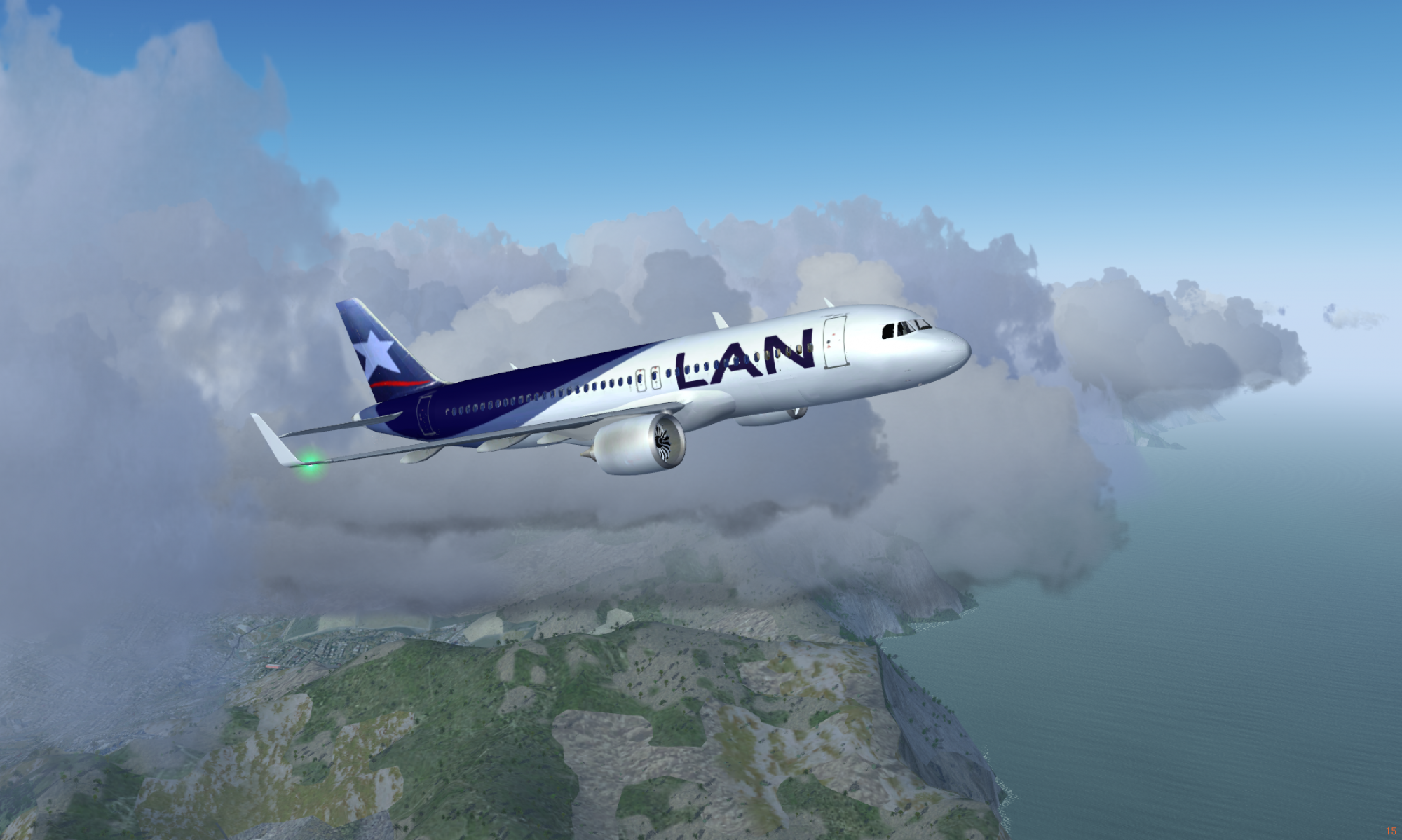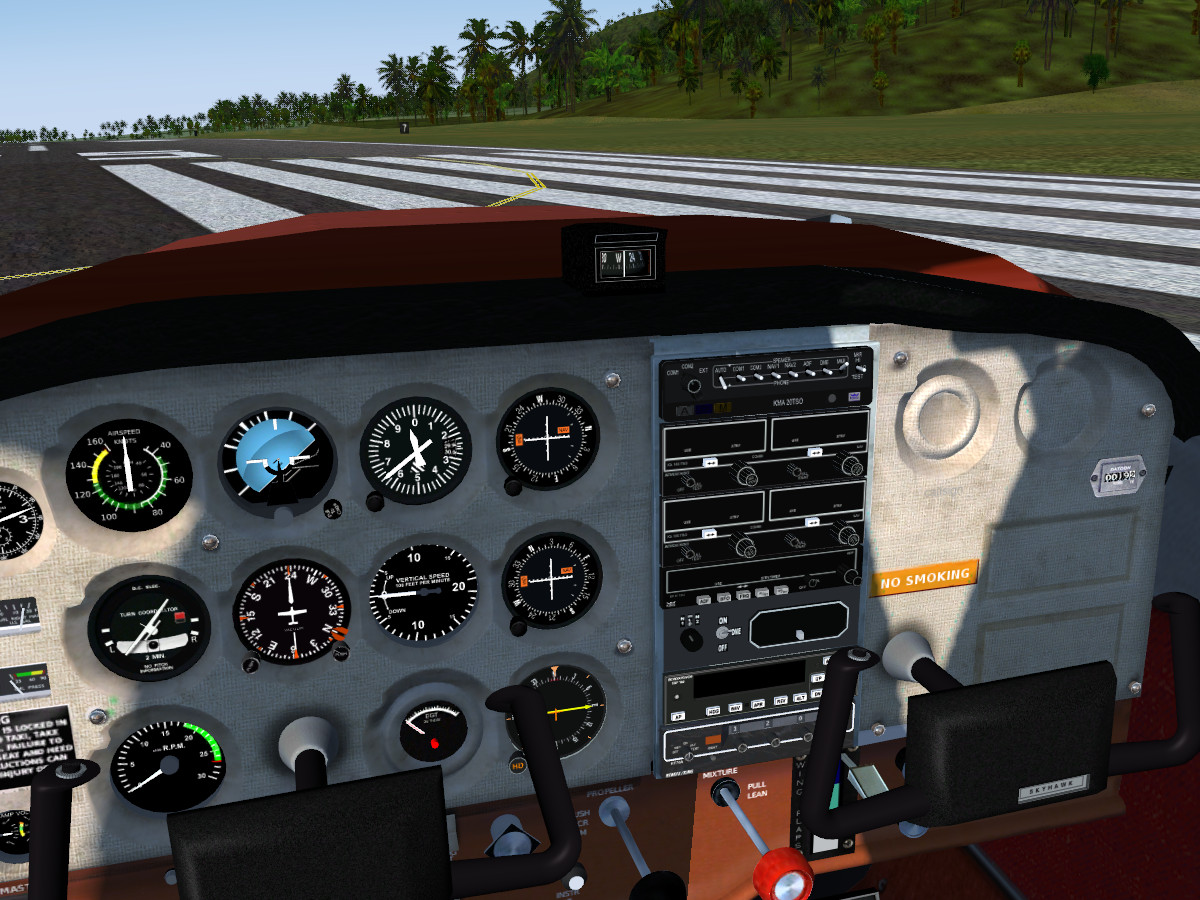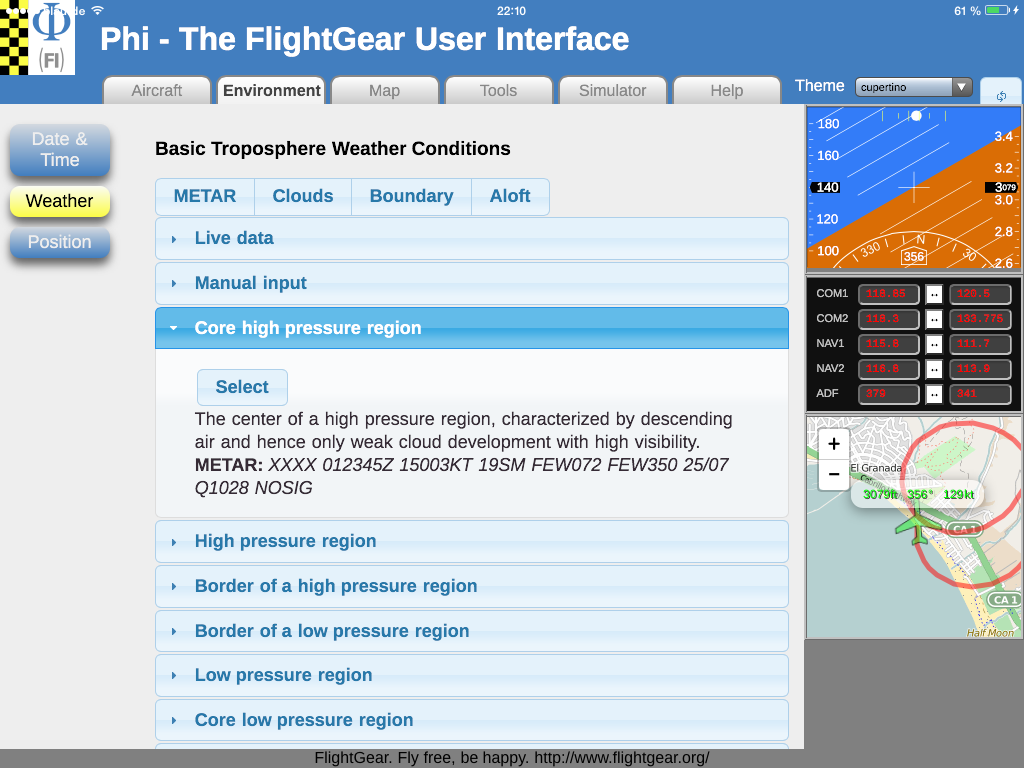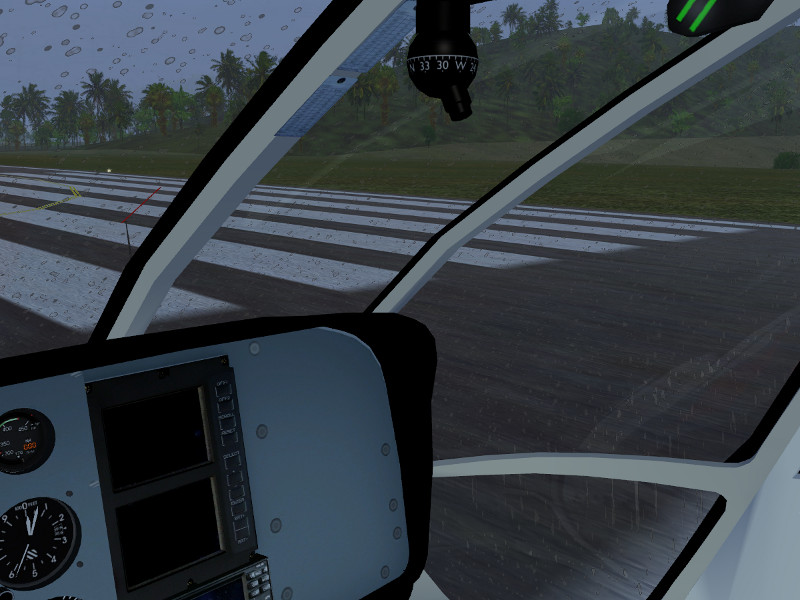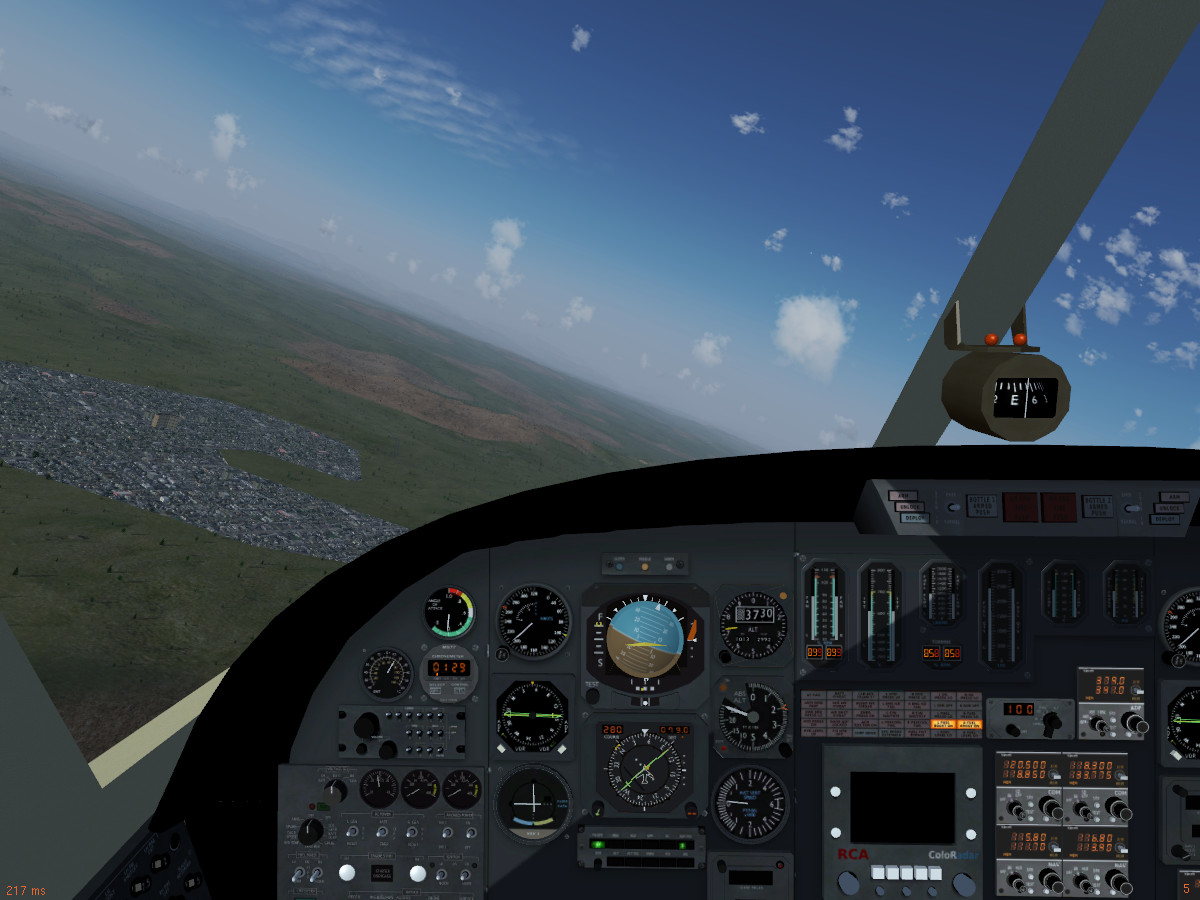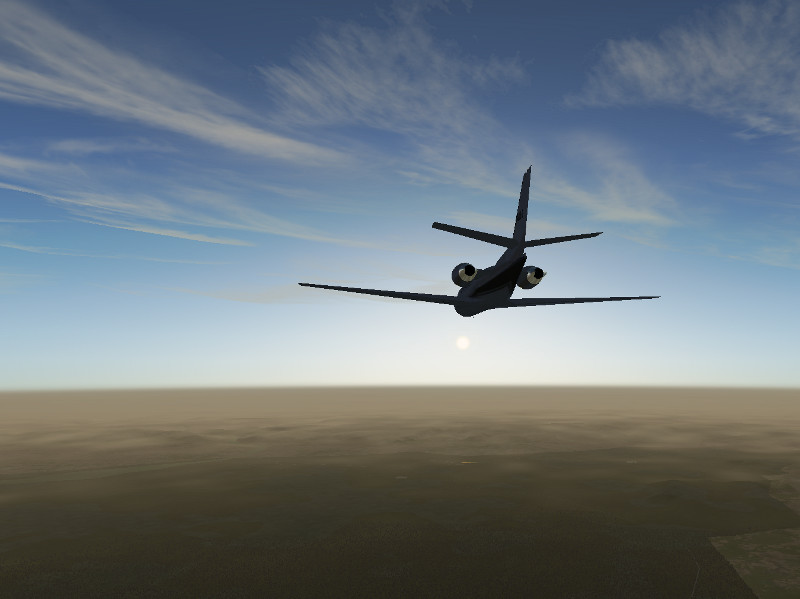Flightgear is constantly under development and as the feature freeze for the next 3.6 release approaches, it is becoming increasingly clear what the next version will have to offer to users:
(to avoid misunderstandings – this is a selection of features currently under development, not a release note, i.e. there is no guarantee that all items will appear in 3.6, nor is are the features of 3.6 limited to what is listed here)
A complete makeover for the default aircraft
The C-172p has always been Flightgear’s default plane, as it is easy to fly and great to learn the basics of aviation. Thanks to a joint effort of several gifted developers, it just got a lot better. The revised version offers improved flight dynamics with the ability to bring the plane into spins. It makes good use of the latest state of the art of Flightgear’s rendering frameworks, including hires textures, the new internal shadow effect for ALS, environment dependent fogging of the windshield and of course support for the Rembrandt rendering engine.
And it comes with a damage model, creating a very visual impression of what happens if you land too hard:
A new user interface / instructor station
Using Flightgear’s inbuilt web-server, Phi is a new way to access Flightgear from an external device. You can run a web browser on your pad, connect to a running FG instance on your PC and access everything you need from there. This makes for a great training setup in which the instructor can select challenging conditions for the student, monitor the flight or cause failures which need to be responded to. Phi supports pre-flight checklists, environment settings, a moving map widget and many features more.
‘Houston, the Atlantis has reached orbit.’
Launching vertically like a rocket, capable of limited maneuvering in orbit and entering the atmosphere again to land like a plane, the Space Shuttle is a truly unique flying experience. Based on a large body of public domain wind tunnel data by NASA, Flightgear now offers the possibility to take the Shuttle into low orbit and back in a highly realistic simulation.
Experience the strength of the aerodynamical forces during launch as thrust vectoring keeps the Shuttle on its ascent path, learn about the inherent yaw instability of the Shuttle during the hypersonic entry phase and the crucial role of the RCS jets and the body flap, explore how elevon deflection changes the airstream at the aft fuselage and alters roll and yaw stability, or simply start in orbit, enjoy the view or do a spacewalk.
The simulation includes all mission phases with many different digital autopilot settings to control thrust vectoring, RCS jets or airfoils, checks on aerodynamical and structural limits as well as damage and failure simulation in case of limit violations – basically the Shuttle can be flown by the Crew Operations Manual. A 3d cockit is already in place, and work is underway to provide the original avionics.
Rain on the windshield
The Atmospheric Light Scattering rendering framework is rolling out a new suite of effects to render the cockpit interior in more detail. These include a glass shader which renders interior reflection, damage and dirt, glare, raindrop splashes, frost and temperature-dependent fogging and an interior effect capable of drawing shadows, light filtering through colored glass or caustics as well as panel backlight illumination. Enjoy the enhanced immersion into the simulation these features provide!
Regional textures for Latin America
Thanks to local users, the whole of Latin America is receiving more realistic local textures. Look forward to the typical red roofs or urban terrain, to seeing dramatic changes in the water color where the dark Rio Negro meets the muddy Rio Solimoes close to Manaus and to many other nice touches in the area. If you haven’t done it yet, schedule a flight in South America after the next release, there’s lots to explore!
New and improved aircraft
The Citation II provides a new cockpit, making use of plenty of the new effects. Enjoy Flightgear in this nice business jet!
The new F-15 comes with a detailed JSBSim flight dynamics model with lots of wind tunnel data worked in as well as a detailed 3d cockpit with tons of functionality.
And many improvements more
* work on an integrated launcher, specifically making life easier on newer Mac OS distributions
* the aircraft center, a tool to download and manage aircraft in-sim
* expanded functionality of the Canvas 2d rendering framework
* …
Stay tuned as we fly towards our next release!
